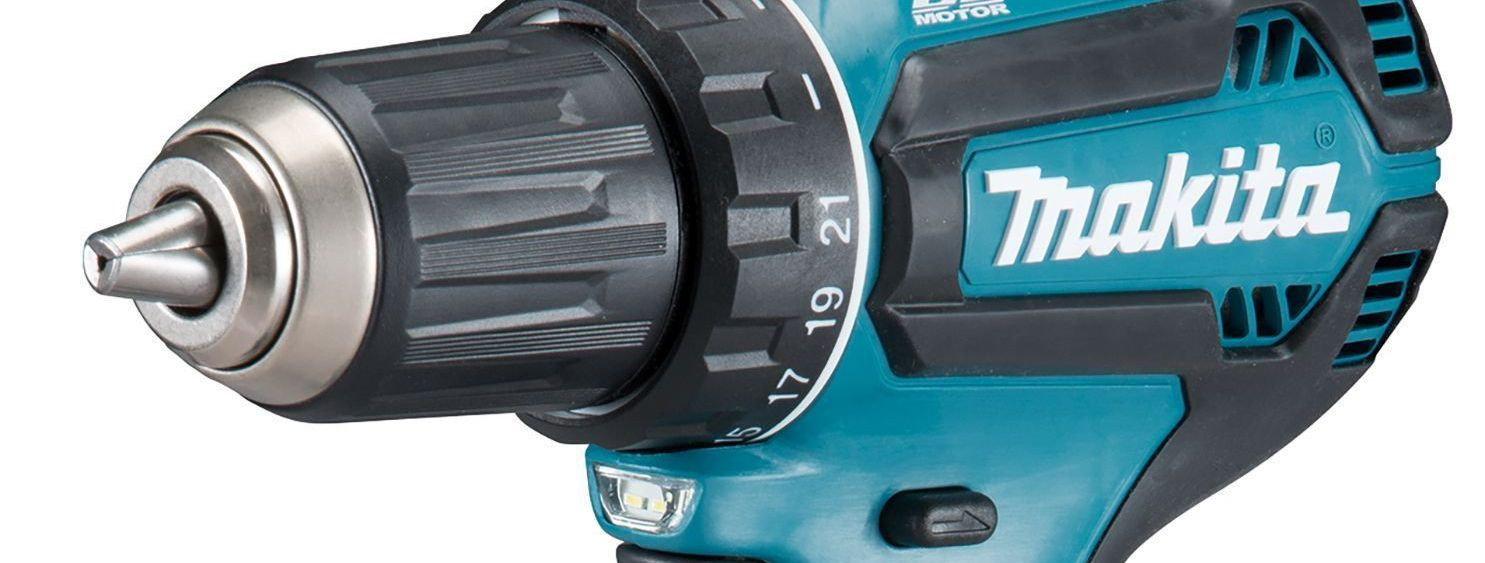How to choose the right power drill for your project
Power drills are versatile tools that come in various types, each designed for specific tasks. The most common types include:
- Drill Drivers: Ideal for basic drilling and screw-driving tasks.
- Hammer Drills: Suitable for drilling into hard materials like concrete and masonry.
- Impact Drivers: Designed for driving screws and bolts with high torque.
- Rotary Drills: Used for heavy-duty drilling tasks, often in industrial settings.
Understanding the components of a power drill can help you make an informed decision. Key components include:
- Motor: Determines the power and efficiency of the drill.
- Chuck: The part that holds the drill bit, available in various sizes.
- Trigger: Controls the speed and operation of the drill.
- Battery (for cordless drills): Affects the runtime and portability.
Assessing Your Project Needs
Before selecting a power drill, assess the scope of your project. Consider the following:
- Are you working on a small DIY project or a large construction task?
- Will you need to drill into different materials?
- How often will you use the drill?
The type of material you will be drilling into significantly impacts your choice of drill. For example:
- Wood: A standard drill driver is usually sufficient.
- Metal: Requires a drill with higher power and specific drill bits.
- Concrete: A hammer drill is recommended for effective drilling.
Key Features to Look for in a Power Drill
Power is measured in volts for cordless drills and amps for corded drills. Higher power allows for more demanding tasks. Speed, measured in RPM, affects how quickly you can complete a task.
The chuck size determines the maximum diameter of the drill bit that can be used. Common sizes are 10mm and 13mm. Keyless chucks allow for quick bit changes, while keyed chucks provide a more secure grip.
Corded drills offer continuous power and are generally more powerful, while cordless drills provide portability and convenience, especially in areas without power outlets.
Consider the drill's weight and ergonomic design, especially if you will be using it for extended periods. A comfortable grip and balanced weight distribution can reduce fatigue.
Evaluating Quality and Brand Reputation
Choosing a reputable brand ensures quality, durability, and access to customer support. Brands like Bosch, DeWalt, and Makita are known for their reliable power tools.
A good warranty can provide peace of mind and protect your investment. Check the warranty terms and the availability of customer support services.
Budget Considerations
While it's tempting to opt for the cheapest option, investing in a quality drill can save money in the long run by reducing the need for repairs or replacements.
Consider how often you will use the drill and whether it's worth investing in a higher-end model for frequent use or a more affordable option for occasional projects.
Safety Features and Considerations
Look for drills with safety features such as overload protection, a secure grip, and a reliable braking system to prevent accidents.
Always follow the manufacturer's instructions for safe use. Regular maintenance, such as cleaning and lubricating moving parts, can extend the life of your drill.






Comments (0)